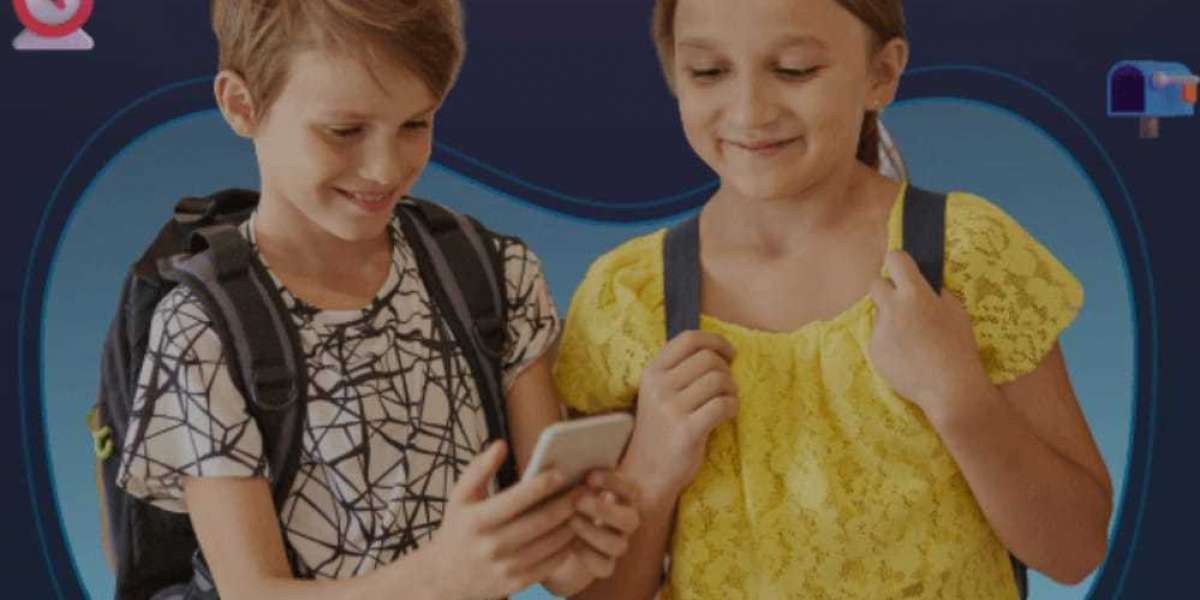In recent years, there has been a paradigm shift in the way society views and supports individuals with developmental disabilities. One of the pivotal areas undergoing positive transformation is adaptive physical education. In this blog post, we will explore the strides being made in the realm of inclusive sports programs within the Developmental Disabilities Administration (DDA), highlighting the importance of physical activity for individuals with developmental disabilities and how these programs contribute to their overall well-being.
Understanding Developmental Disabilities
Developmental disabilities encompass a broad range of conditions that affect cognitive, physical, communication, and social development. Individuals with developmental disabilities may face unique challenges, and providing inclusive and adapted physical education is crucial to promoting their physical health, motor skills, and overall quality of life.
The Evolution of Inclusive Sports Programs
Traditionally, individuals with developmental disabilities faced barriers when it came to participating in sports and physical activities. However, there has been a significant shift towards creating inclusive environments that cater to diverse abilities. The DDA, along with various organizations and advocates, is playing a vital role in spearheading programs that ensure everyone has the opportunity to engage in sports and physical activities.
1. Tailored Physical Education Curriculum
Inclusive sports programs within the DDA focus on developing tailored physical education curricula that accommodate the diverse needs of individuals with developmental disabilities. This includes adapting activities, modifying equipment, and providing additional support to ensure everyone can participate and benefit from physical education.
2. Professional Development for Instructors
A key aspect of successful inclusive sports programs is the training and professional development of instructors. Teachers and coaches within the DDA are receiving specialized training to effectively engage individuals with developmental disabilities, fostering an understanding of diverse learning styles and abilities.
3. Accessible Facilities and Equipment
Creating inclusive sports environments involves ensuring that facilities and equipment are accessible to individuals with varying abilities. This may include wheelchair-accessible spaces, adaptive sports equipment, and modifications to existing facilities to accommodate different needs.
4. Promoting Social Inclusion
Inclusive sports programs extend beyond the physical benefits. They provide a platform for social interaction, teamwork, and friendship building. These programs contribute to breaking down societal barriers and fostering a sense of belonging and acceptance among individuals with developmental disabilities.
5. Empowering Through Achievement
Participation in sports can be empowering, instilling a sense of achievement and confidence in individuals with developmental disabilities. Inclusive sports programs within the DDA are designed not only to promote physical well-being but also to boost self-esteem and independence.
The Way Forward
While significant progress has been made, there is still work to be done to ensure that inclusive sports programs are widely available and accessible. Collaboration between the DDA, educational institutions, community organizations, and families is essential to fostering a culture of inclusivity and breaking down barriers to participation.
see more:-








